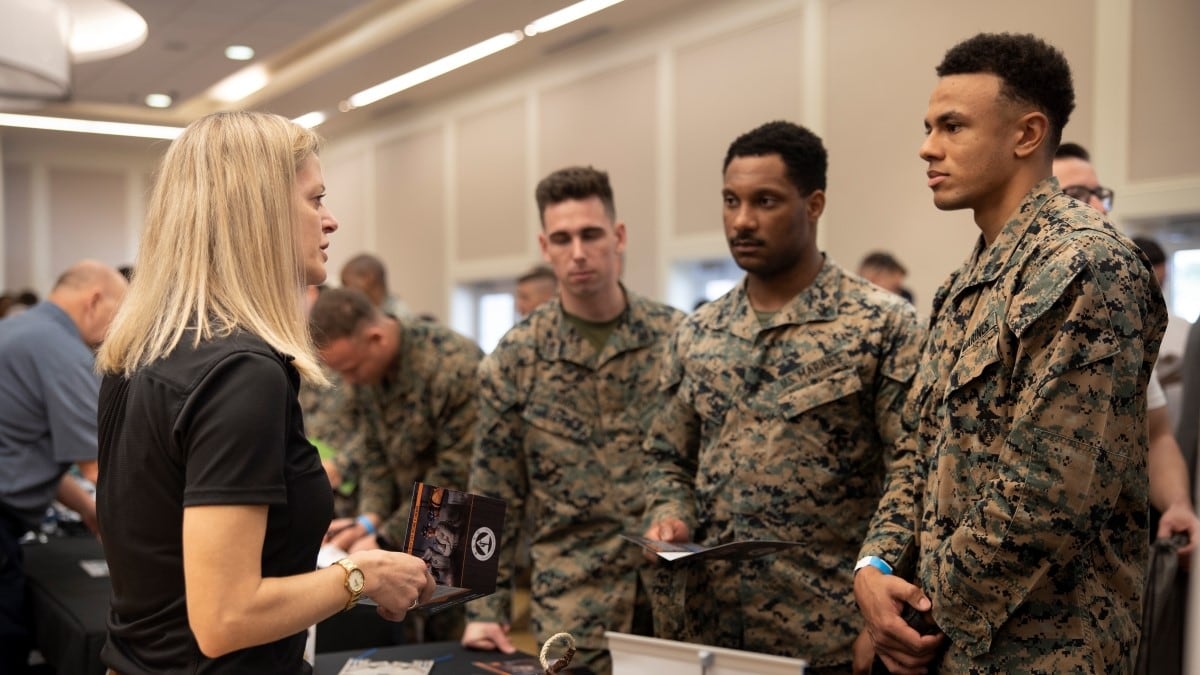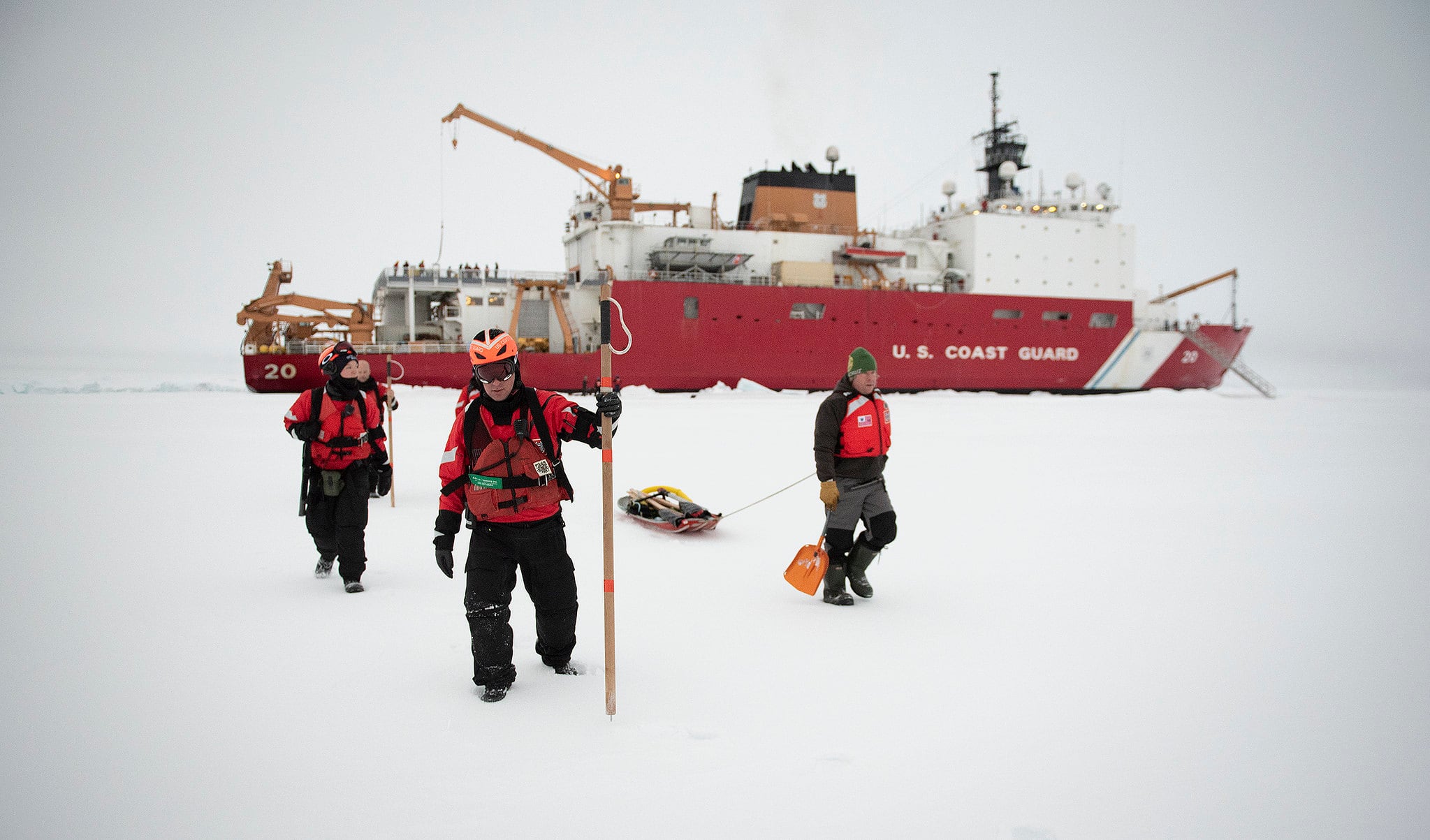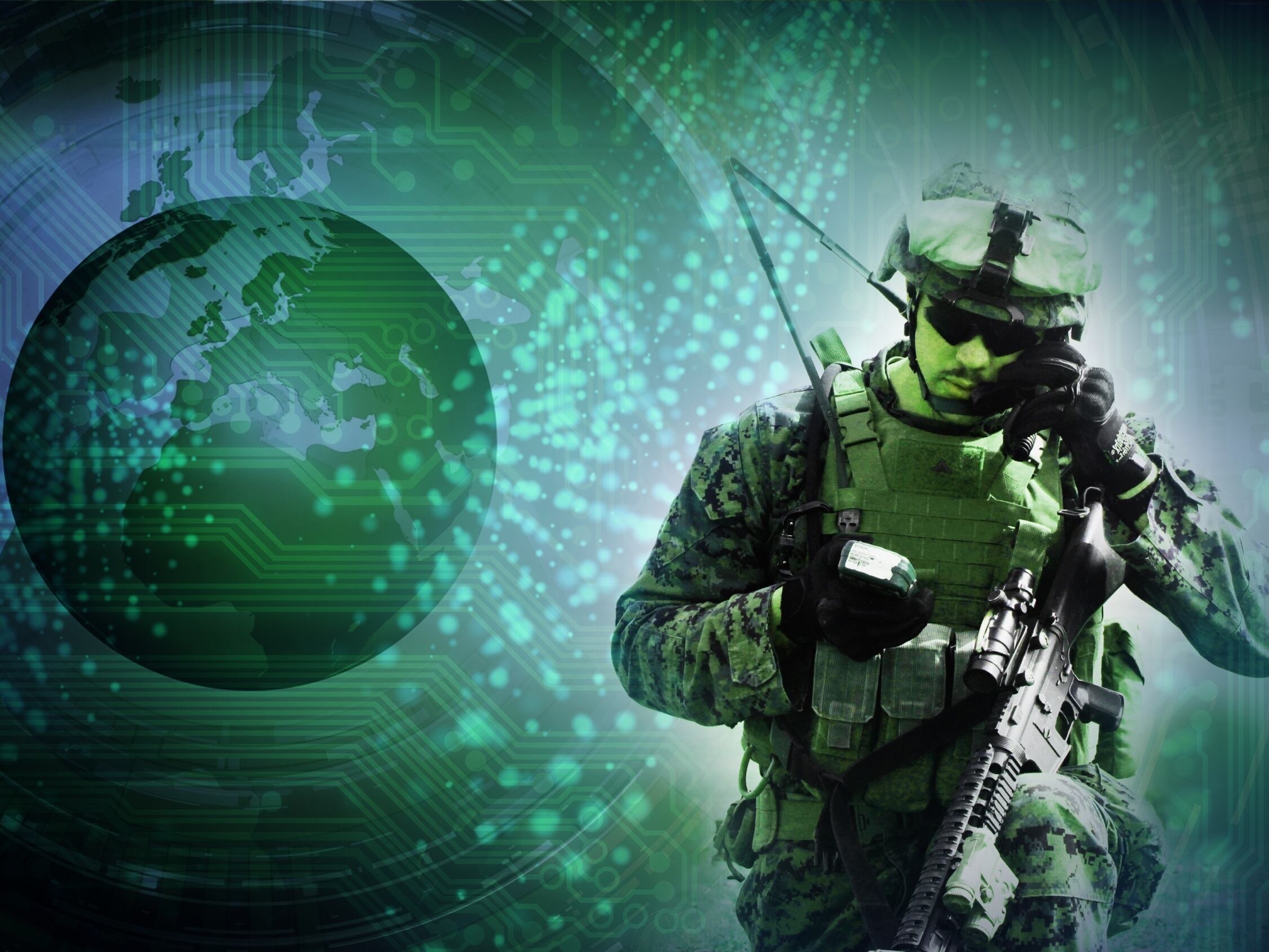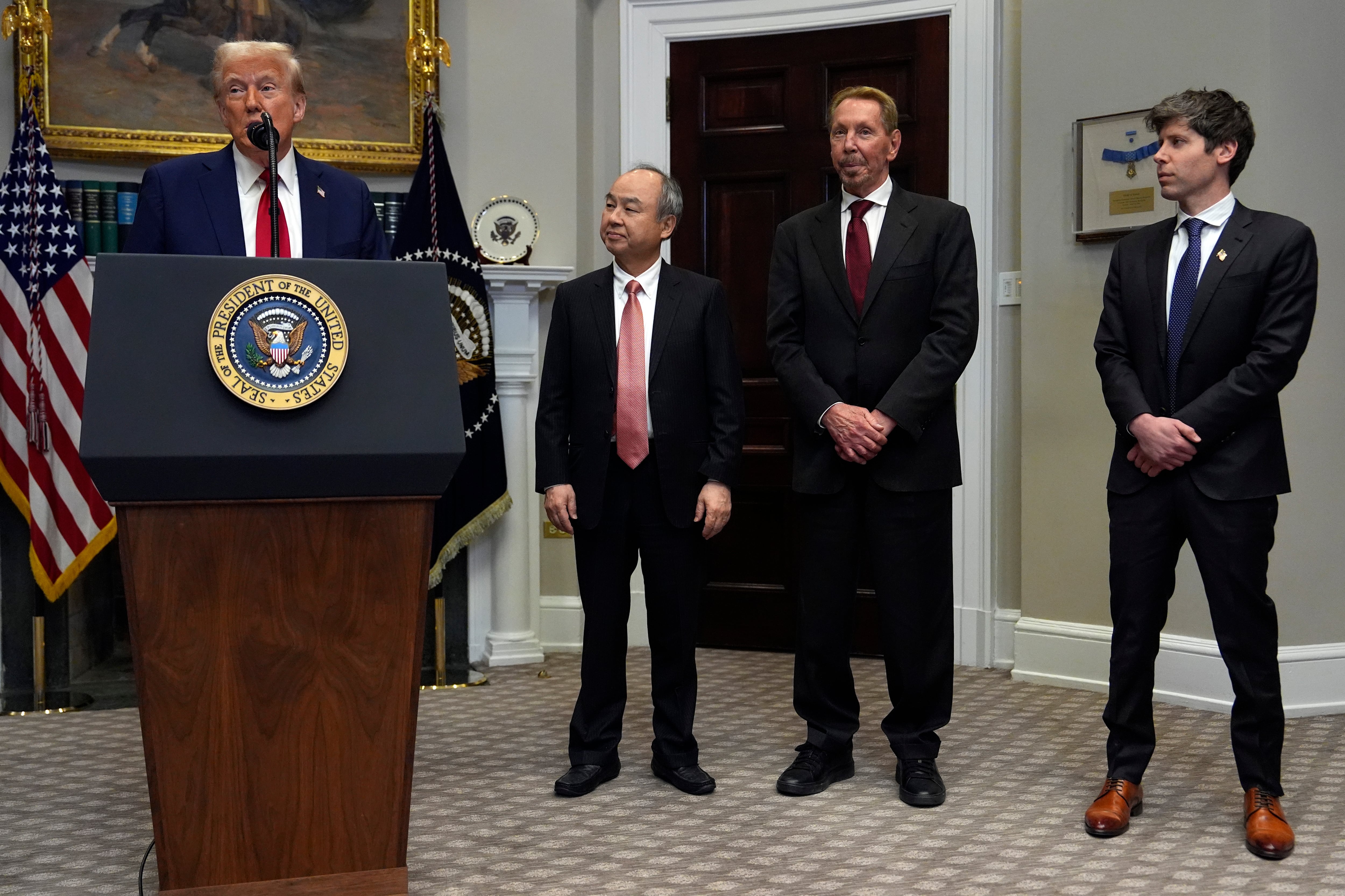NELLIS AIR FORCE BASE, Nev. — The Air Force is on the verge of announcing which company will provide a 5G cellular network here, with work on the new infrastructure expected to begin in months, an Air Force two-star general said.
Nellis is set to become one of the first U.S. military bases to field an experimental 5G test range. Bids were due Aug. 10, and a winner has already been chosen, said Maj. Gen. Chuck Corcoran, who commands the United States Air Force Warfare Center located at the base.
Corcoran, who spoke with Defense News in a Aug. 21 interview, declined to say which company would be awarded the contract because it had not yet been publicly announced. Work is slated to start quickly, he said, and “within probably six to eight months, we should have the infrastructure in.”
Once the 5G network is in place, it will not be available to everyone at Nellis — at least initially. Instead, the Air Force intends to test whether it can make its command and control infrastructure more survivable by spreading it out over multiple locations when needed.
Today, the Air Force runs its air operations from large buildings manned by dozens of personnel who assign aircraft and monitor missions. It’s a task that typically is accomplished in large office-like rooms filled with computing equipment and large moving displays.
However, Iran’s attack this past January on U.S. forces at Ain al-Assad air base in Iraq underscored the vulnerabilities of concentrating its command-and-control assets in a single location, Corcoran said.
“They demonstrated that they could very precisely lob some missiles at a target if they know where it is. Think about about Russia and China could do. They know where our brick and mortar operations centers are and they know the importance of them,” he said.
“Whether you’re talking about strategic level, operational level [or] tactical level command and control, if you’re in a fixed location, you’re a pretty easy target,” he said. “Making us mobile is also a much cheaper way to make us resilient. If I can take all this [C2 equipment] and just put small teams of people on the road and move them around — they’re still connected, they’re having the same effect, but they’re not as targetable — that’s a big win.”
In a May 28 news release, the Pentagon stated that Nellis’ 5G network would be modular, with relocatable cell towers that could be assembled and taken down in less than an hour. The tests will also involve “mobile operations centers where team members will use the network while on the move.”
Nellis is also tied into the team developing the Advanced Battle Management System, the Air Force’s major effort for enabling the military’s joint all domain command and control concept. Under the ABMS system of systems, the Air Force intends to develop and test a range of products meant to better connect sensors and platforms, including a cloud computing environment, smart devices and applications.
While the 5G network will provide Nellis the means of dispersing data, the ABMS team will develop the means to gather and exploit it, Corcoran said.
“I need sensors to field a common operating picture. I need radars — space based, air-based, land-based, whatever,” Corcoran said. “The C2 experts that sit in an air operations center or tactical operations center or a command and control center, they’re sitting there using tools. Applications, computers … ABMS is working on those tools, those interfaces.”
For the 5G network at Nellis, the Defense Department sought out C2 software prototypes that would support distributed planning and mission execution, the department said in May. Prototypes should incorporate human-machine interfaces and could include audio, augmented reality, and haptics that stimulate touch and motion.
The Pentagon has selected 11 other bases to test 5G capabilities. They include: Joint Base Lewis-McChord, Washington; Hill Air Force Base, Utah; Naval Base San Diego, California; Marine Corps Logistics Base Albany, Georgia; Naval Base Norfolk, Virginia; Joint Base Pearl Harbor-Hickam, Hawaii; Joint Base San Antonio, Texas; The National Training Center at Fort Irwin, California;Fort Hood, Texas; Camp Pendleton, California; and Tinker Air Force Base, Oklahoma.
Valerie Insinna is Defense News' air warfare reporter. She previously worked the Navy/congressional beats for Defense Daily, which followed almost three years as a staff writer for National Defense Magazine. Prior to that, she worked as an editorial assistant for the Tokyo Shimbun’s Washington bureau.








